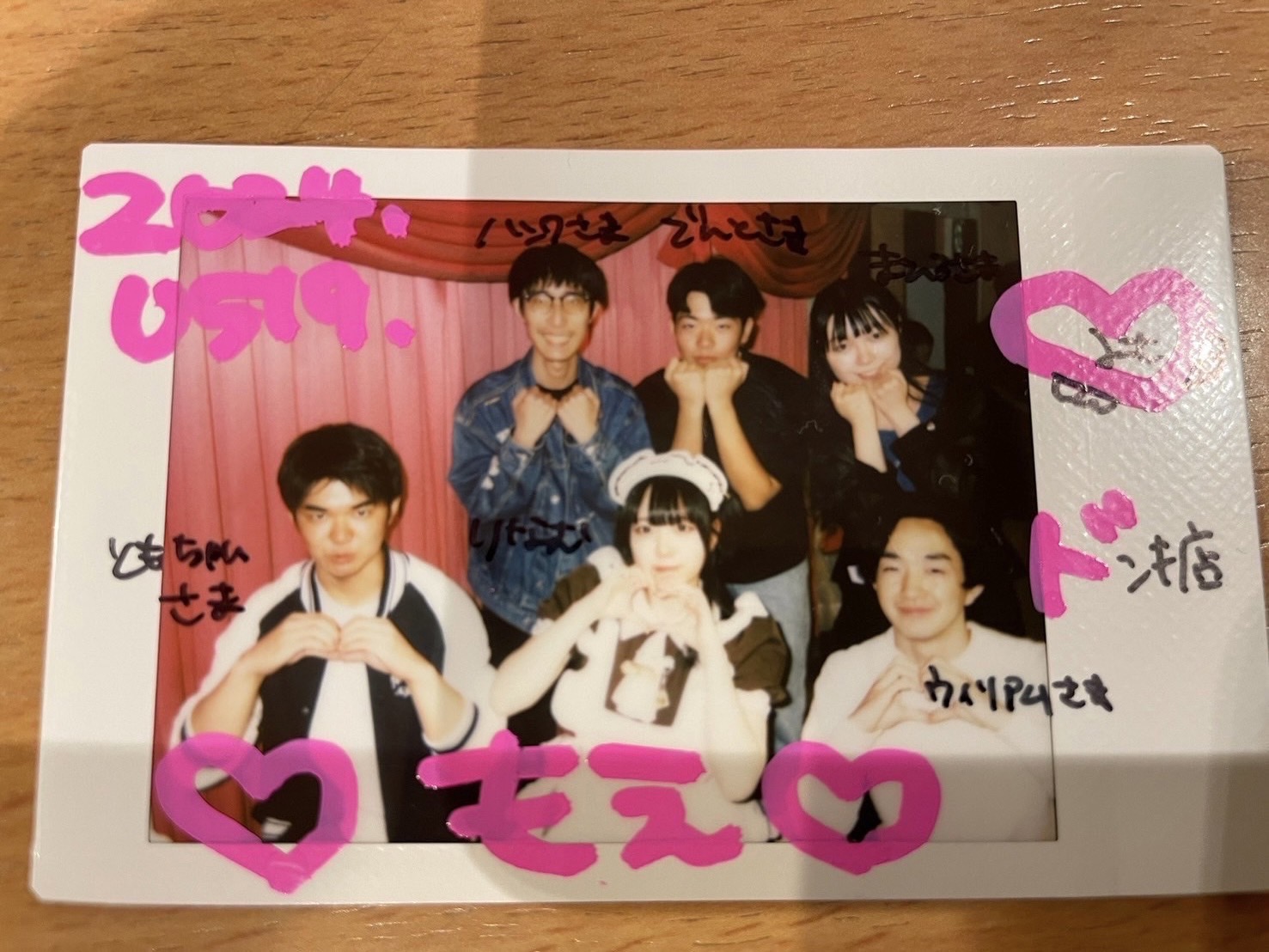Shukatsu~Part4~
Something we felt through this interview was that everyone who participated in shukatsu was united in their desire to die aesthetically, but also to make life after their passing as easy as possible for those left behind. These sentiments echoes the views of life and death found in Bushido. Yet, in ancient times Japanese people viewed death as something impure and abhorrent and all things to do with death were readily avoided. As such many Japanese chose not to think about the moment of death, they seemed to believe simply thinking of it would bring it closer, make it real and inescapable. This is perhaps why even today there are still many adverse opinions with regards to shukatsu. That being said, however, the idea at the very heart of shukatsu, dying a beautifully while causing as little inconvenience as possible to those left behind, is a spirit that Japanese both past and presenting share. Certainly the idea of a beautiful death is in keeping with values and believes that the Japanese have cherished for centuries.
However, although shukatsu in concerned primarily with death, it is important to think about living life in the present. We came to realize that life is indivisible from death that is to think of death one must invariably think about living as well. Living a beautiful life is essential to dying beautifully. One could even say that shukatsu is not just a preparation to die beautifully, but it is in fact the preparation to live the rest of one’s life beautifully and fully. Although in Japanese the word shukatsu is quite catchy because of the suffix “katsu” (activity), the issues that the shukatsu deals with, particularly the question of how we should face our death, will become ever more pressing as Japan faces a society with an ever increasing mortality rate and dwindling numbers of children and relatives who can act as care givers to the elderly. One solution and the first step to answering this problem could be shukatsu.
Written by Fumina Kayano, Serina Omata, Hiroka Inomata, Hidenao Dohino, Arito Otomo, Hikari Kawaguchi, Andrew Upton
Edited by Fumina Kayano


